The coming diseases: As the climate warms, Alaska faces new threats from zoonotic illnesses
Several factors put Alaska at particular risk from animal-borne diseases.
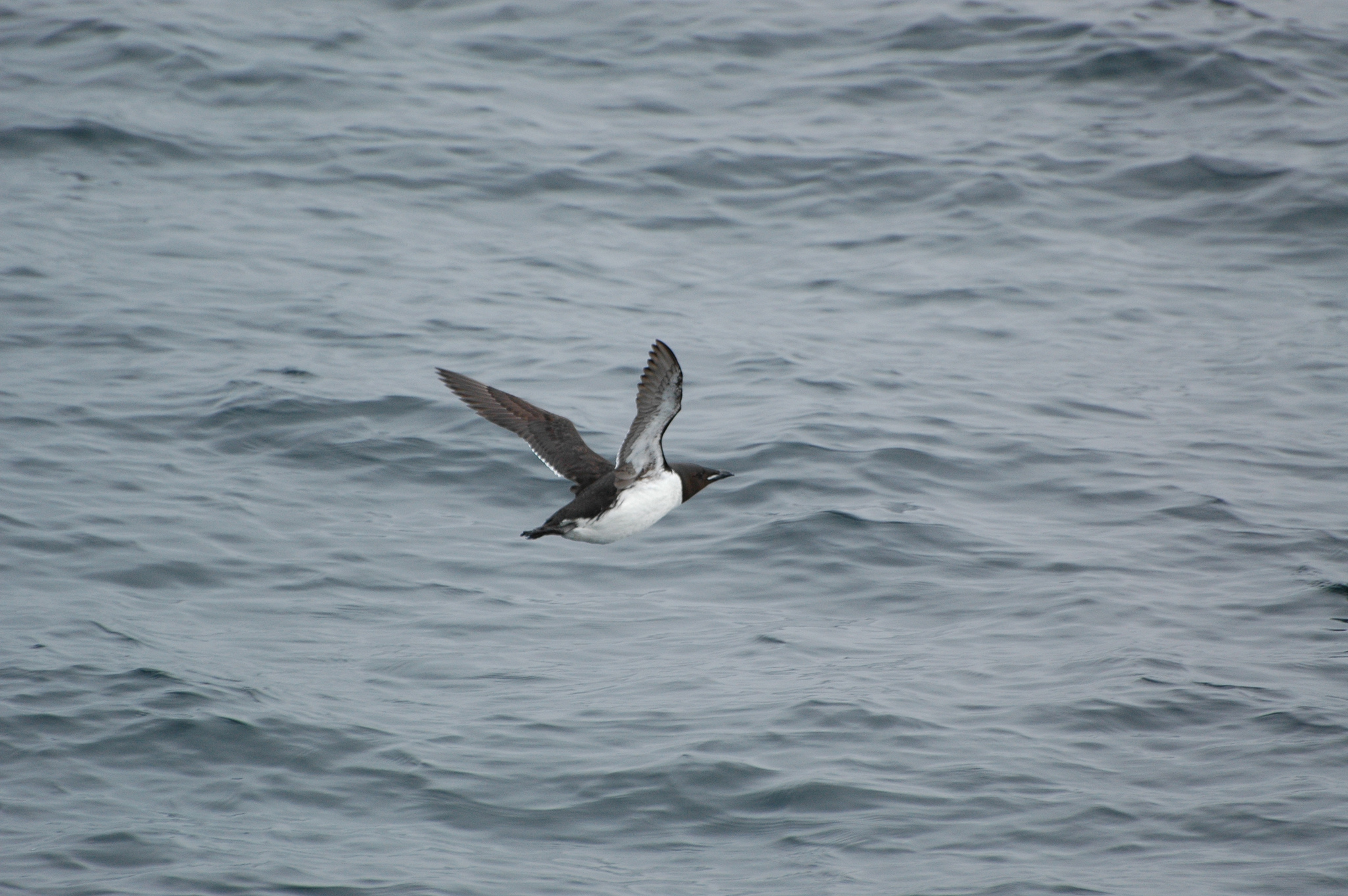
The warming climate in Alaska and across the circumpolar North is creating new health and safety risks for people, animals and ecosystems. This piece is the part of a series that explores zoonotic diseases and other hazards emerging in a warming and thawing Alaska.
Long before a new strain of coronavirus emerged in China, likely from animals, to trigger a global pandemic, alarms were ringing in Alaska about the warming climate sending zoonotic diseases north.
The spread of zoonotic diseases — which pass between species, including humans — is an ominous danger emerging as the North heats, melts and thaws, scientists say. Warmer waters, warmer air, species moving north, new conditions created by climate change and new movements of species that range from microscopic creatures to large mammals have combined to create new pathways for the spread of disease.
The pace of climate change in Alaska, at least twice as fast as the global rate, heightens those dangers.
“Ecosystems are built to adjust and adapt. But they’re built to do that under reasonable time and reasonable scale influences,” said Arleigh Reynolds, head of the Center for One Health Research at the University of Alaska Fairbanks. “When you have things that are happening at the rate and scale that climate changes is happening right now, a lot of time that exceeds the whole system’s ability to adapt.”
The One Health Interdisciplinary approach to environmental and human health was adopted by the Centers for Disease Control in 2009 and embraced by health officials and scientists in Alaska and across the North, including by the eight-nation Arctic Council. The UAF program offers a one-of-a-kind master’s degree program focused on the circumpolar North.
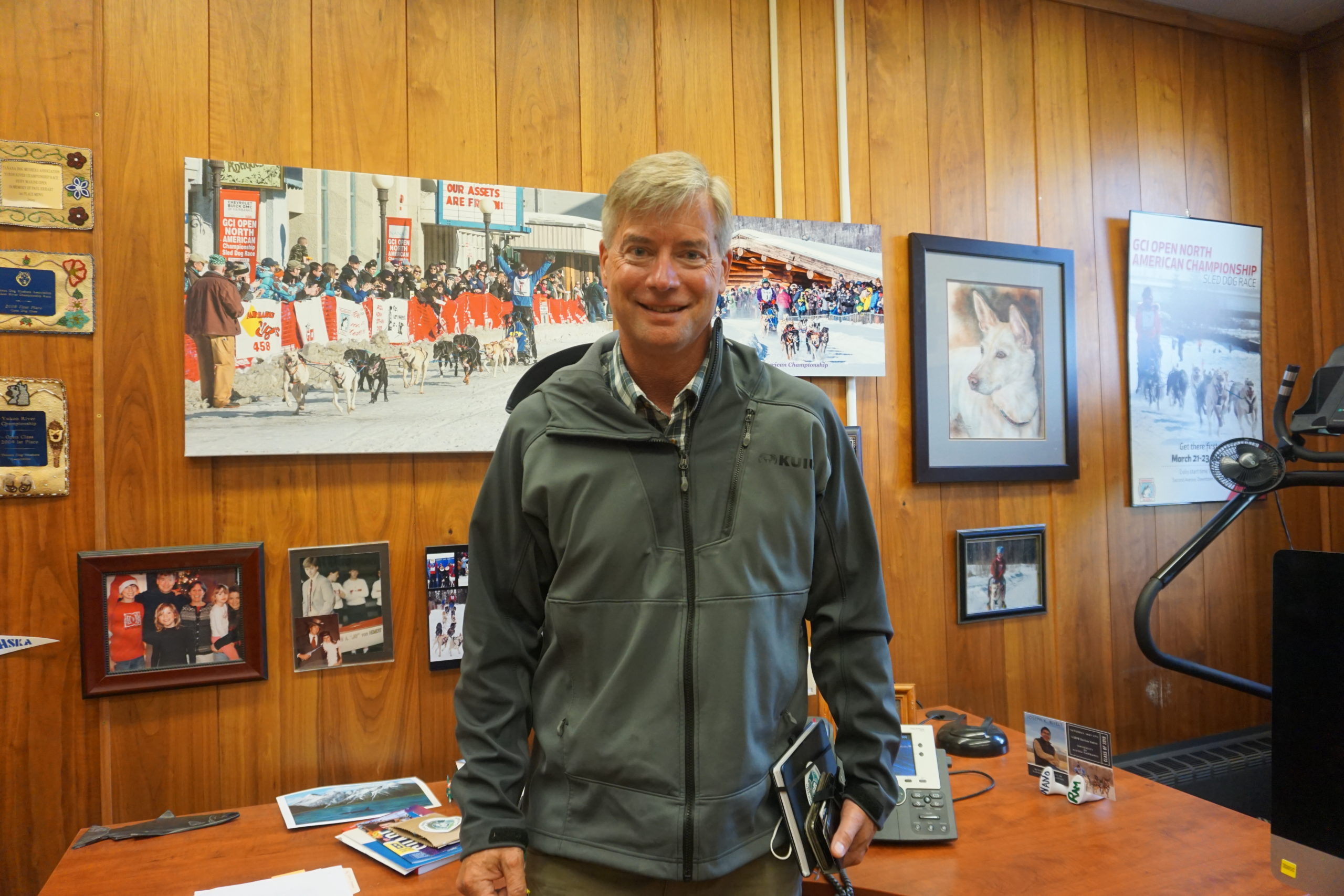
The One Health concept applies a holistic approach, addressing environmental, animal and human health together — and avoiding the tunnel vision that can come with a focus on a single disease.
That big-picture approach is needed in a world where zoonoses comprise more than 60 percent of known infectious diseases and about 75 percent of emerging infectious diseases, health experts say.
“You can easily get overwhelmed if you look at the number of pathogens out there. Sometimes you’re just focusing on the disease du jour, the diseases of the day and not thinking about the other problems that are out there,” said Alaska State Veterinarian Bob Gerlach, a leader of One Health work in the Arctic.
In Alaska, economics and food security are both tied to health concerns. If diseases in the environment cause fish or game to be unavailable or unsafe to eat, commercial fisheries will be hurt and rural and Indigenous Alaskans risk loses access to dietary staples. Climate change can affect more than harvests; it can compromise traditional food-storage systems, like permafrost cellars and fish racks. “If you’re trying to dry fish on a drying rack, it molds before it dries,” Reynolds said.
With Alaska’s special vulnerabilities comes special attention. Nearly a year before the first COVID-19 case was identified in the U.S., the CDC’s Anchorage-based Arctic Investigations Program gathered experts in Fairbanks for a workshop to identify the most important emerging Alaska zoonotic risks. The UAF workshop produced the CDC’s first such ranking for any U.S. state and the first in the Arctic region. It listed 40 zoonotic threats, with climate change among several factors used to calculate rankings.
After the COVID-19 pandemic passes, those climate-related threats in Alaska will endure, Reynolds said.
Toxins proliferating as water warms
Topping the list are the potentially deadly toxins from algal blooms that are proliferating as waters warm. Technically, algal toxins are not zoonotic diseases in the classic sense they are not infectious. ”We bent the rules a little bit to accommodate the threat that we know exists,” said Tom Hennessy, a University of Alaska Anchorage epidemiologist and former director of the CDC’s Anchorage-based Arctic Investigations Program.
Of most concern is Alexandrium, the algae genus with strains that produce saxitoxin. A neurotoxin that interferes with nerve signals, saxitoxin causes paralytic shellfish poisoning, a well-known hazard in Alaska and other coastal areas.
In July, a woman on the Aleutian Island of Unalaska died after eating toxin-laden clams and snails collected from an island beach. Tests of shellfish from the beach that poisoned the victim had saxitoxin levels up to 140 times the threshold for human safety.
A handful of PSP cases generally result in clinic or hospital visits each year in Southeast and Southcentral Alaska, according to state records. But countless other less-severe cases go unreported, said Kari Lanphier of the Sitka Tribe of Alaska. Plenty of people in southeast Alaska have noticed PSP symptoms after eating locally harvested shellfish, Lanphier said. “I’ve had a lot of people say, ‘I ate them and I felt tingly,’” she said.
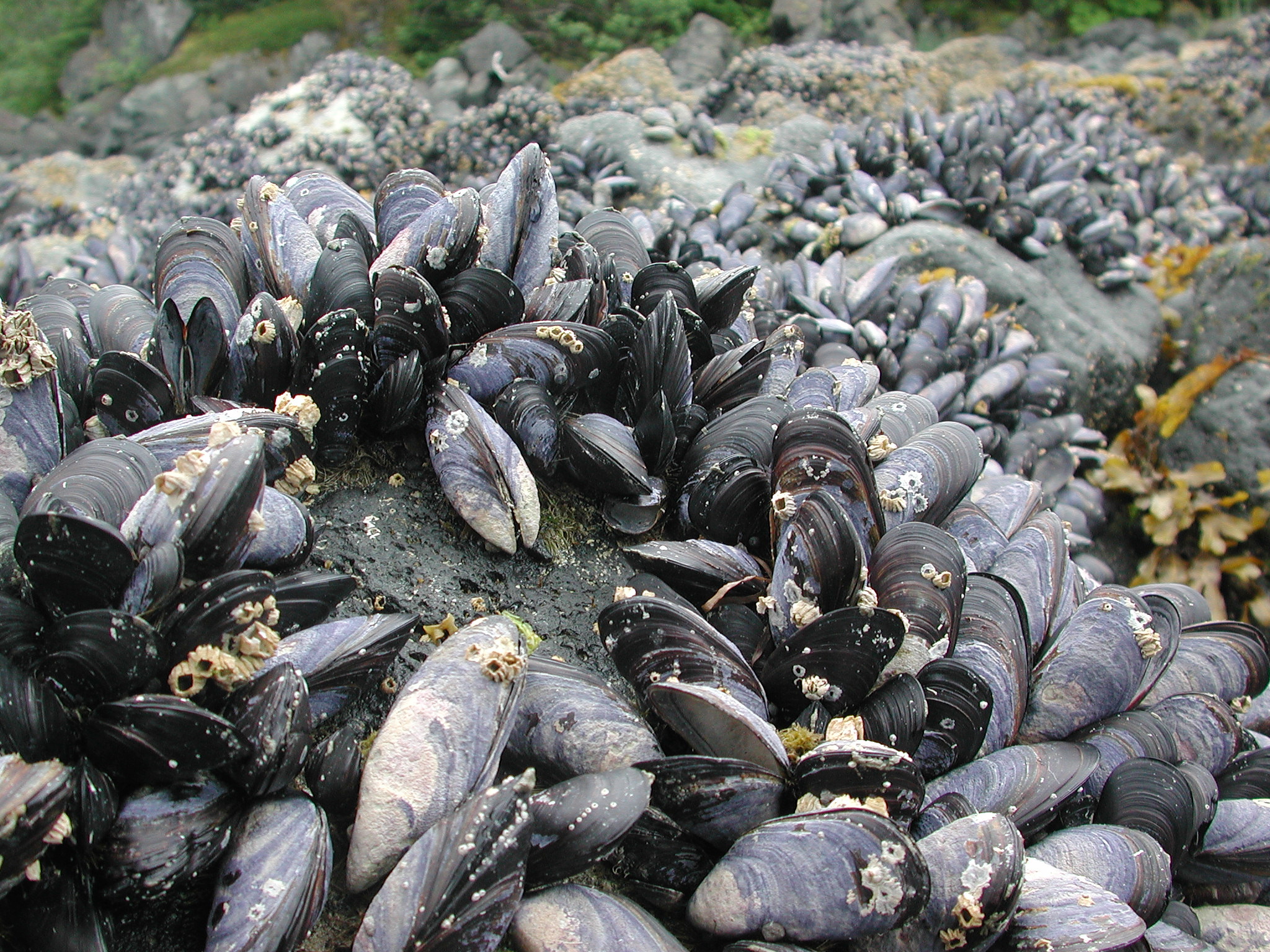
Butter clams and mussels, important sources of food for subsistence diets in coastal regions of Alaska, are the shellfish most likely to accumulate saxitoxin, according to state studies.
Algal toxins are nothing new in Alaska’s southern coastal areas. A site near Sitka, for example, bears the name Poison Cove, the legacy of an event in 1799 when more than 100 people died after eating toxin-laden shellfish.
What is new is the expansion of the risk — in time and in location.
In southern Alaska coastal regions where they are familiar hazards, algal toxins used to be considered a summer-only threat. Common advice used to be that shellfish were safe to eat in any month with a name lacking the letter R – non-summer months when waters were expected to be too cool for the growth of toxin-producing algae. There are other traditional benchmarks, said Lanphier, the environmental laboratory manager for the tribe. People have been advised to harvest shellfish only when there is snow on certain mountains, to stop harvesting after the herring run, or to stop harvesting when water gets cloudy, she said. “In the winter in southeast (Alaska), we have amazing water clarity,” she said. “We’ve all heard: ‘When the sea blooms, stop harvesting.’
But that advice is obsolete now. Hazardous toxin levels in shellfish emerge year-round in southern Alaska, in clams and mussels in November and December, for example, according to Lanphier’s Southeast Alaska Tribal Ocean Research (SEATOR) lab, one of only two Alaska facilities that test shellfish for algal toxins.
It’s a sad trend for lovers of fresh Alaska shellfish and health experts alike.
“It makes it hard to take something that was OK 20 years ago and say it’s not OK now,” said Patryce McKinney, chief of the state environmental health lab in Anchorage, the other site that tests shellfish for algal toxins.
Also obsolete is the assumption that algal toxin threats are limited to southern Alaska waters.
A landmark 2016 study described the algal toxins found in 13 species of marine mammals in all marine mammals of Alaska, including in the Beaufort and Chukchi seas north of the Arctic Circle. “We are now seeing significant levels in bowhead whales, walruses and seals” — all of them hunted by Indigenous people, Reynolds said.
Recent research warns of a ticking algal-toxin bomb in those Arctic waters. Massive clusters of Alexandrium cysts have been found lurking at the seafloor as far north as the Chukchi. To activate, those cysts need warmth. Research elsewhere in Alaska, focusing on Kachemak Bay, identifies water temperatures of 7 to 8 degrees Celsius (44.6 to 46.4 degrees Fahrenheit) as the threshold.
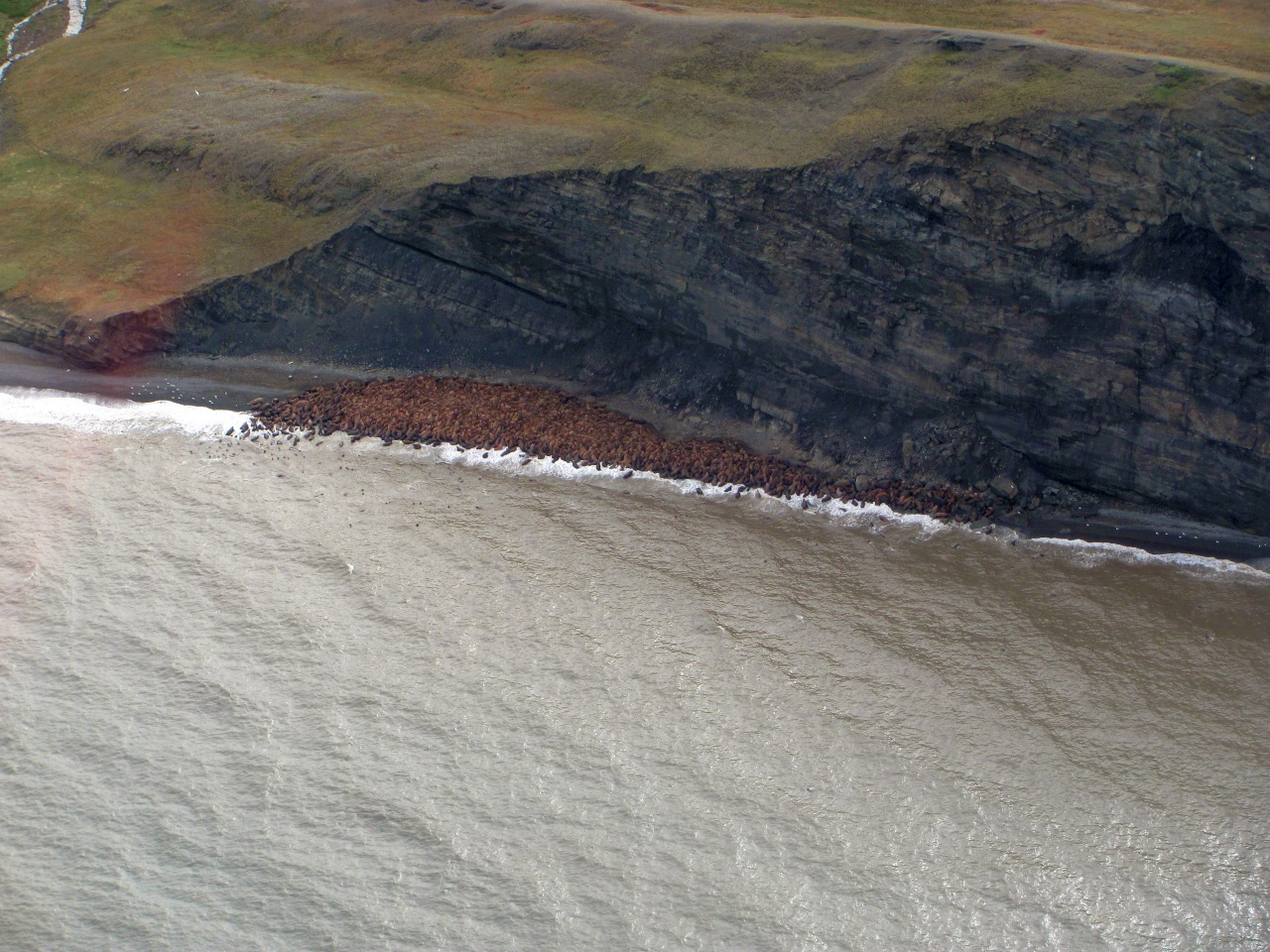
Bering Strait and Chukchi waters broke that barrier in recent summers. In 2019, scientists found significant blooms of toxin-producing algae in the Chukchi Sea. And for the first time, they found clams with dangerous toxin levels on the seafloor in the Bering Strait region and in the Chukchi Sea north of the Arctic Circle. Though found in areas far offshore, away from where any people would harvest, those toxin-laden clams couple be eaten by seafloor-foraging marine mammals.
Avoiding algal toxins is “a whole new world in some of these places,” Lanphier said.
Zoonotic influenza: old threat newly enhanced by climate change
The world’s most deadly influenza pandemic, which brought some of the world’s highest death rates to Alaska Native people and nearly wiped out several villages, was carried to the Bering Strait region by passengers on a steamship that landed in Nome in the fall of 1918.
Now influenza viruses are regularly carried to Alaska by other long-distance travelers: migrating birds.
“The thing about influenza is that it can cross species, and when it does, it becomes very virulent,” Reynolds said.
The threat of influenza viruses jumping from the animal world to humans in Alaska is now exacerbated by climate change — helping place zoonotic influenza at second on the Alaska zoonotic priority list.
Rapidly warming Alaska is the crossroads for birds, a gathering point for migrations from all seven continents. The Bering Sea in particular is a hub; the Pacific Americas Flyway, Central Pacific Flyway and Asian-Austrasian Flyway overlap. “Alaska is set up very, very precariously for things like avian influenza,” Reynolds said.
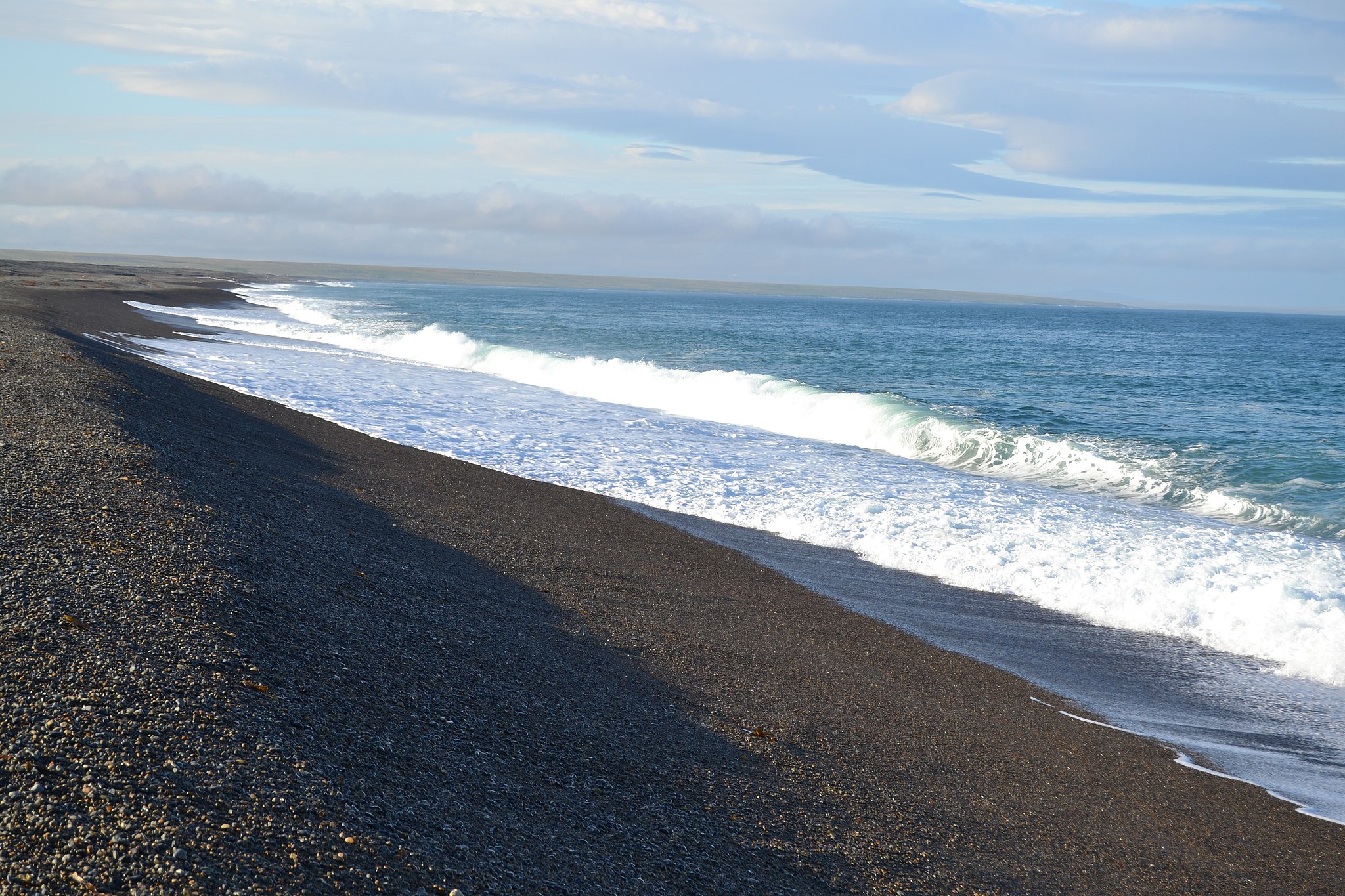
As the climate changes, bird migration patterns are also changing. As a result, bird assemblages in Alaska are changing, increasing the probability of virus exchanges, as explained in a study by scientists from the University of Washington, UAF and Arizona State University that describes how “the intercontinental mixing pot of Arctic summer breeding sites” is likely to be affected by the warming climate.
One key migration point is St. Lawrence Island, just south of the Bering Strait. In 2020, scientists investigating one of the waves of bird die-offs that have hit the Bering Sea region revealed a potentially disquieting discovery: a previously unknown avian influenza virus carried by a thick-billed murre.
That murre, one of only two that were fresh enough to test for influenza viruses, was among the masses of birds killed in recent die-offs believed to be linked to dramatically warming conditions in the Bering Sea. The exact mechanism of the die-offs not clear, but new research by a UAF-led team indicates that — even though the birds tended to be emaciated — lack of food in the environment was not the problem, at least for the fish-eating thick-billed murres. That is “a strong hint” that the novel avian influenza played a role, said Sasha Kitaysky of UAF’s Institute of Arctic Biology, co-author of the recent study examining the die-off. It’s possible that the disease — if it didn’t kill the birds outright — weakened them enough to make it difficult for them to feed properly, he said. “They lose appetite. Instead of foraging, they’re just sitting there,” he said.
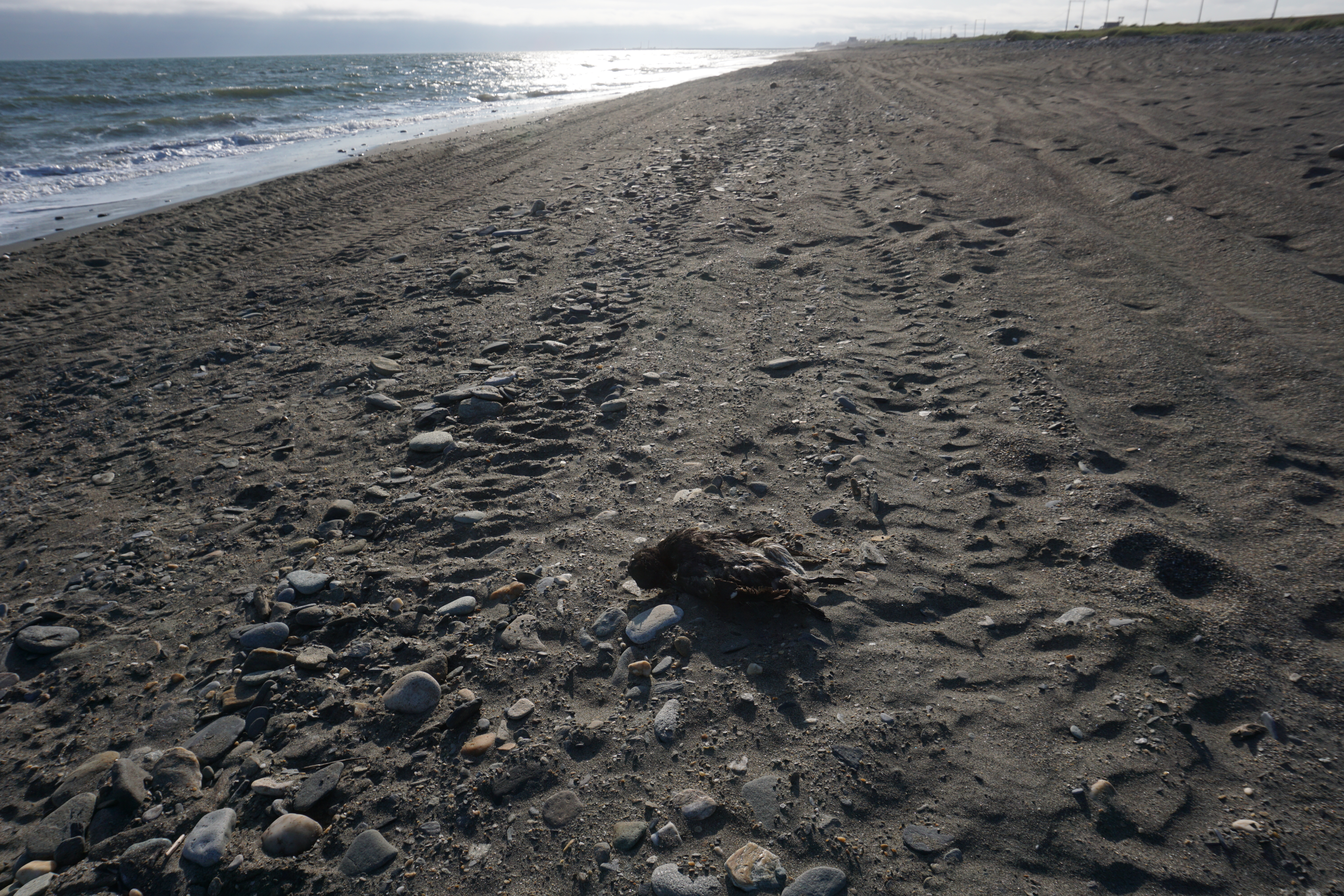
The theory is controversial. U.S. Geological scientists have discounted disease as a cause of the die-offs and continue to look to food problems as the culprit — a lack of food quality, if not quantity. Warmer conditions have changed fish populations, allowing low-fat species to displace the high-fat species that the birds needed, according to the theory.
Andy Ramey, a wildlife geneticist and avian influenza expert at the USGS, pointed out that there is an established background level of low-pathogenic avian influenza at St. Lawrence Island, about 2 percent, and that the island is something of a virus mixing zone. Low-pathogenic strains are so named for their ability to spread to commercial poultry.
To many experts, proximity to Asia is more significant than the discovery of any virus variation on St. Lawrence Island. “There’s some viruses in east Asia that, when they go from poultry to people, they kill people at a pretty high rate,” Ramey said.
China, coastal Asia and central Siberia and Alaska are considered hotspots for low-path avian influenza, with urban centers, roads and river plains serving as pathways, according to an international study with co-authors from UAF and the University of Alaska Anchorage.
Alaska also has the conditions to hold influenza viruses long after migrating birds have departed for the winter, Research by Ramey and his colleagues found that influenza A viruses sequestered in Alaska wetlands can remain infectious for up to seven months.
As animals move, so do disease pathogens
Rabies, a fearsome disease that is fatal if not treated immediately, was ranked as the third-most pressing zoonotic threat.
Rabies has long lurked in Alaska’s animal populations, but some environmental conditions had kept it largely remote from people. Those conditions have changed.
In the past, rabies was concentrated in Arctic foxes, animals that roamed over the sea ice far from communities. But in a low-ice, warming world, behaviors and animal mixes are changing. Arctic foxes are spending more time on land. Red foxes — bigger, stronger and more aggressive — are moving north and displacing Arctic foxes. Red foxes are carrying rabies to their new territory; In October, for example, rabies was found in a red fox in Nome.
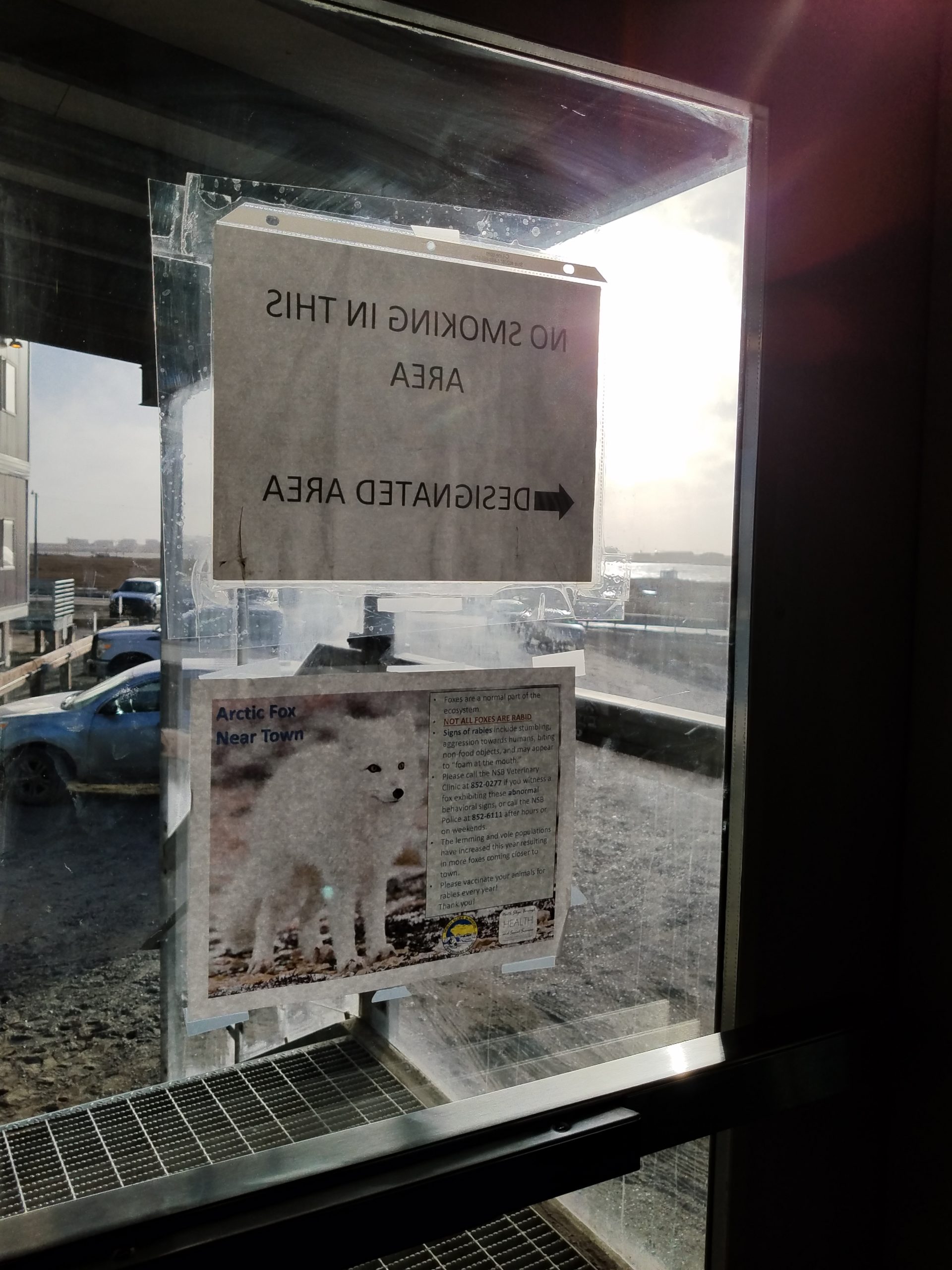
If Arctic fox populations decline and the rabies threat they pose is thus reduced while the threat from red foxes increases, the result could be a wash. However, with ice retreat stranding Arctic foxes on land and warming conditions drawing more red foxes north to mix with other populations in changing habitats, rabies could spread in new directions into multiple species, scientists say.
The habitat-wildlife shifts are complex, with outcomes still being studied. The spread of shrubs north, for example, has lured Alaska’s snowshoe hares farther north, and some of their predators, like lynx, appear to have followed. That could have implications for rabies. An aggressive lynx found in March in the village of Kiana in Alaska’s Northwest Arctic region turned out to be rabid.
The bacteria giardia and cryptosporidiosis, which taint drinking water and cause intestinal disorders, are regular hazards for Alaskans who rely on outdoor sources for their drinking water.
With beavers and muskrats moving north as woody shrubs spread to higher latitudes, there is more risk to people of the diarrheal infections known as “beaver fever,” putting those intestinal diseases in fourth place on the CDC-led zoonotic priority list.
Alaskans who live close to freshwater and who depend on wild foods are already identified as more vulnerable to these parasites than are most Americans.
A 2019 study of nearly 900 Alaskans, about two-thirds of them subsistence or sport bird hunters, found rates of seropositivity to cryptosporidium and giardia to be in first and third place among 11 zoonotic diseases. The results of the study — a follow-up to a 2007 study tracing exposure to avian influenza — show that the tested Alaskans were sufficiently exposed to those parasites to have developed antibodies. The giardia seropositivity rates were especially high among people exposed to birds, a group that included wildlife biologists as well as hunters.
Several types of Alaska marine mammals are vulnerable, too. A 2005 study found cryptosporidium and giardia in feces of bowhead and North Atlantic right whales and ringed and bearded seals. It was the first such discovery of cryptosporidium or giardia in either of those whale species and the first discovery of cryptosporidium in ringed seals.
Diseases that plague farm animals showing up in the wild
Also listed as high-priority zoonoses for Alaska are diseases familiar to farmers and ranchers in more southern latitudes — brucellosis, caused by brucella bacteria and commonly transmitted through unpasteurized milk, and Q Fever, caused by the bacterium Coxiella burnetii. Now the pathogens and diseases they cause are spreading in wild species at varying latitudes in Alaska — muskoxen on the eastern North Slope, where infections are believed to be contributing to a population decline, marine mammals from the frigid Arctic to moderate Gulf of Alaska waters, land mammals traversing the tundra and the forests.
Among those affected are caribou. Climate change is altering caribou ranges, spurring more intermingling and the higher likelihood of transmission of brucellosis, warned a 2013 study by Gerlach and his Alaska colleagues. The increased risks include transmission to people who rely on caribou. In January, the Alaska Department of Fish and Game issued a warning to hunters and family members about brucellosis among caribou in southwestern Alaska’s Mulchatna herd.
High rates of exposure to brucella have emerged in harbor seals of the Gulf of Alaska, notably in Prince William Sound, where the population is declining, an Alaska SeaLife Center study found.
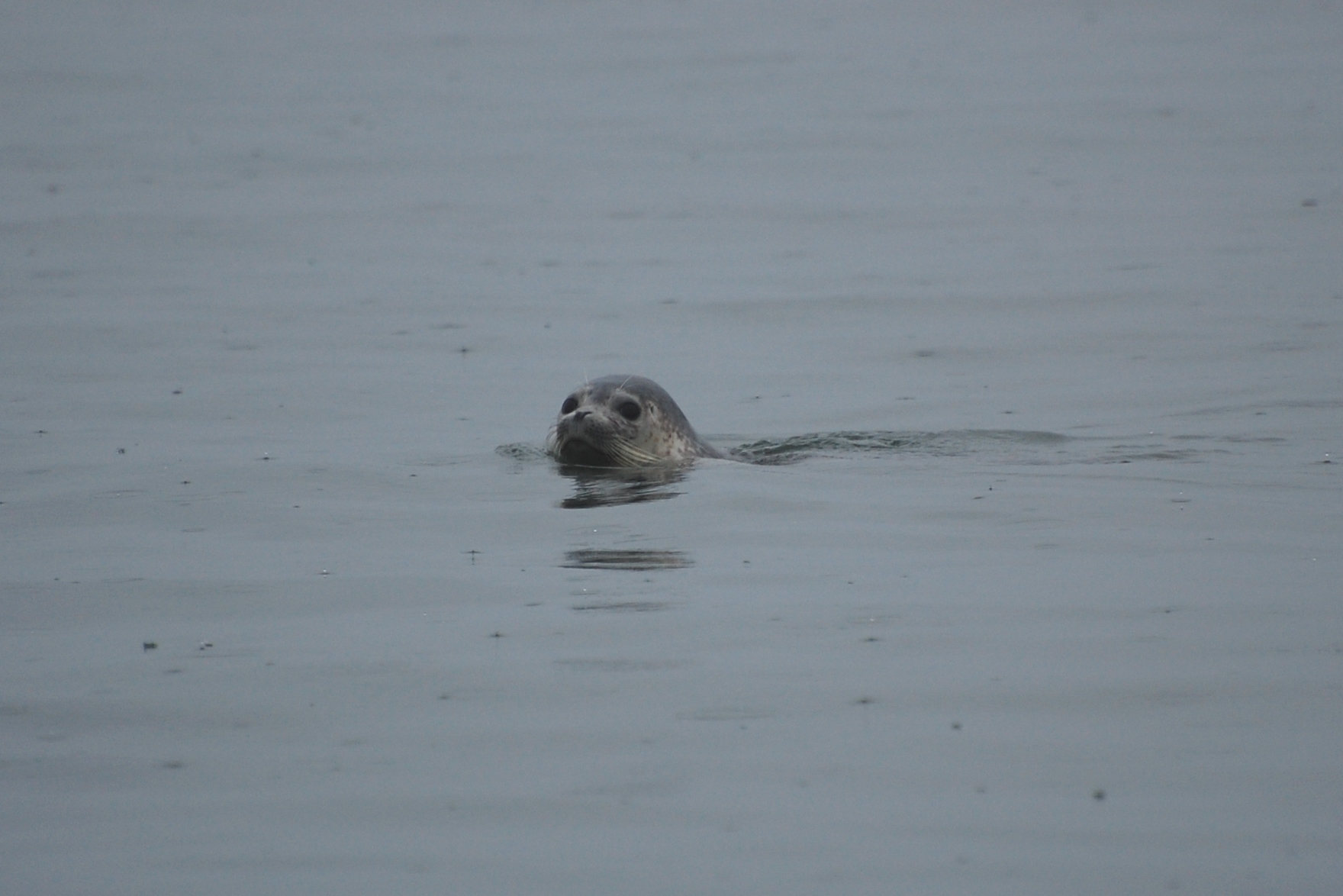
The pathogen that causes Q Fever — a disease best known for infecting sheep, cattle and goats — has become entrenched in the Bering Sea marine environment.
Scientists were surprised in 2010 when they discovered Coxiella burnetii in the placentas of northern fur seals that gather by the hundreds of thousands in the Pribilof Islands. It is a different strain than terrestrial Coxiella burnetii, and it is unclear how it arrived, but it has likely spread northward to marine mammals north of the Arctic Circle, said health expert Jim Berner, former chief science officer for the Alaska Native Tribal Health Consortium.
The pathogen may be one reason for the sharp declines in the Eastern Pacific fur seal population, Berner said. That population numbered over 2 million in the 1950s but has declined by more than 50 percent since then, according to the Alaska Department of Fish and Game. It’s possible that the seals gathering at the Pribilofs, a site used for breeding by two-thirds of the current population, are the survivors, Berner said. “Maybe what we’re seeing now is a selection,” he said.
Coxiella burnetii exposures extend to the people of the Pribilofs. New research shows that island residents have high seroprevalence — the presence of antibodies fighting off Coxiella burnetii infections. The average seroprevalence for Pribilof residents, almost four times the U.S. average, is higher than that of any demographic group except for veterinarians, Berner said: “Nobody’s higher.”
Q Fever, a disease that Alaska officials try to monitor, can be readily treated with antibiotics. But outbreaks among people are not always recognized, much less reported. The usual symptoms — things like fever, chills, headaches and stomach pain — are typical of a variety of common diseases.
Toxoplasmosis, sometimes called “kitty litter disease” because it can be spread by cat feces, is also high on the list of Alaska zoonotic threats.
It originated in the Amazon rainforest but has become common globally. Among the most serious consequences for people are birth defects and other health problems passed onto babies by their infected mothers.
Increasingly, toxoplasmosis is showing up in Arctic wildlife. In Canada, it has been detected in marine mammals ranging from small seals to bowhead whales, in birds like snow geese and in terrestrial mammals like caribou — all of them hunted for subsistence by indigenous people.
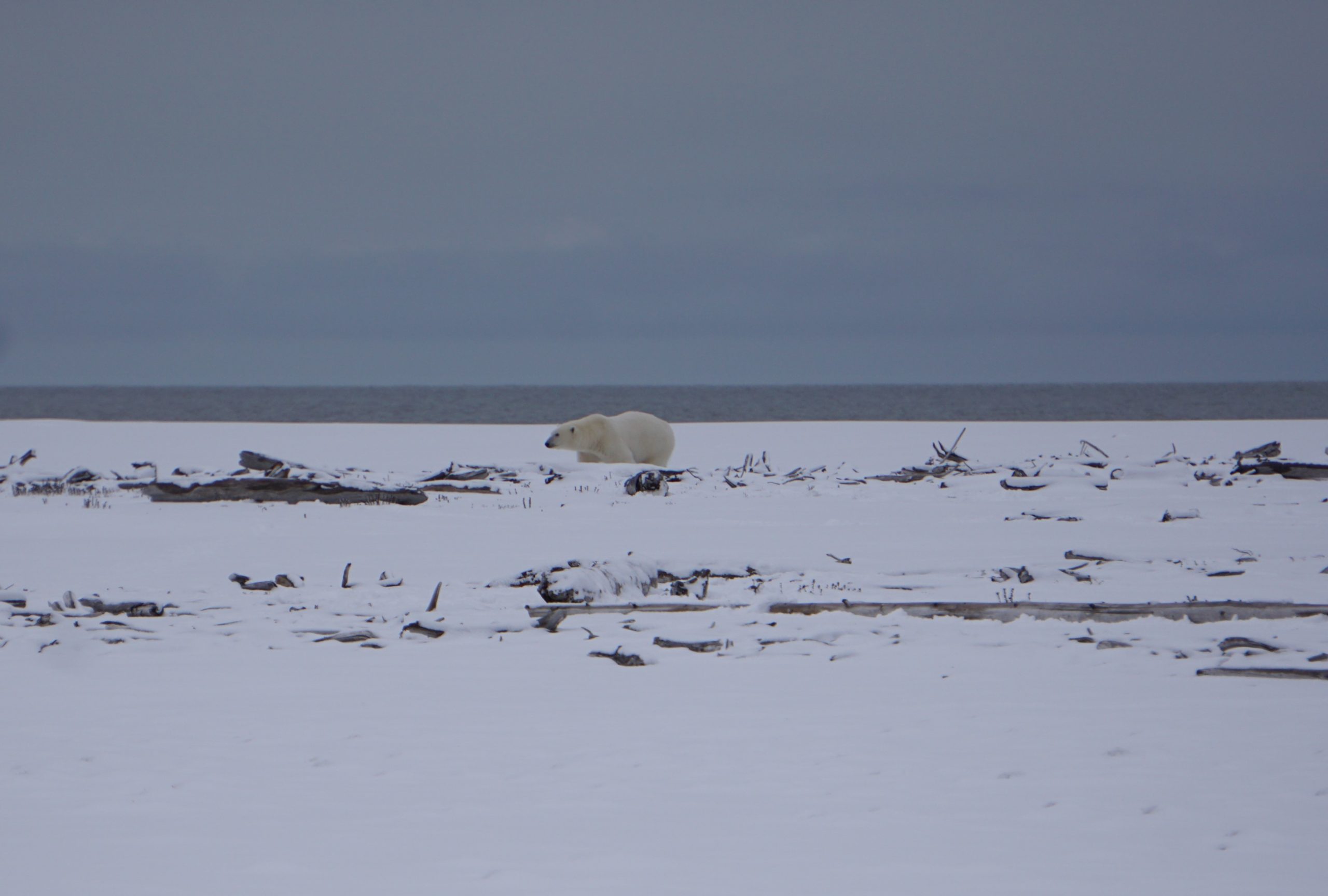
Among the Arctic animals exposed are polar bears, a threatened species already struggling with the loss of sea ice. Toxoplasma gondii, the parasite that causes toxoplasmosis, is one of several terrestrial pathogens that polar bears are picking up as they spend more time on land, according to USGS research.
Given the precarious state of the Southern Beaufort Sea polar bear population, that is significant, Reynolds said. “Polar bears are the apex predators in the marine system,” he said. “They are definitely struggling right now.”
Threats from ticks, warming waters, thawing permafrost
Beyond the top seven zoonotic priorities identified in 2019, other pathogens and diseases that have already arrived or are expected to arrive and become bigger problems as Alaska’s climate continues warming.
One is tularemia, nicknamed “rabbit fever.” It’s long been present in Alaska and is spread by contact with hares and other small mammals. It’s also well-known to be a tick-borne disease — and tick presence in Alaska is increasing as the climate warms. The northward spread of shrubs and trees — which brings with it beavers, muskrats and other mammals that carry ticks — are also increasing the risks of tularemia and other tick-borne diseases.
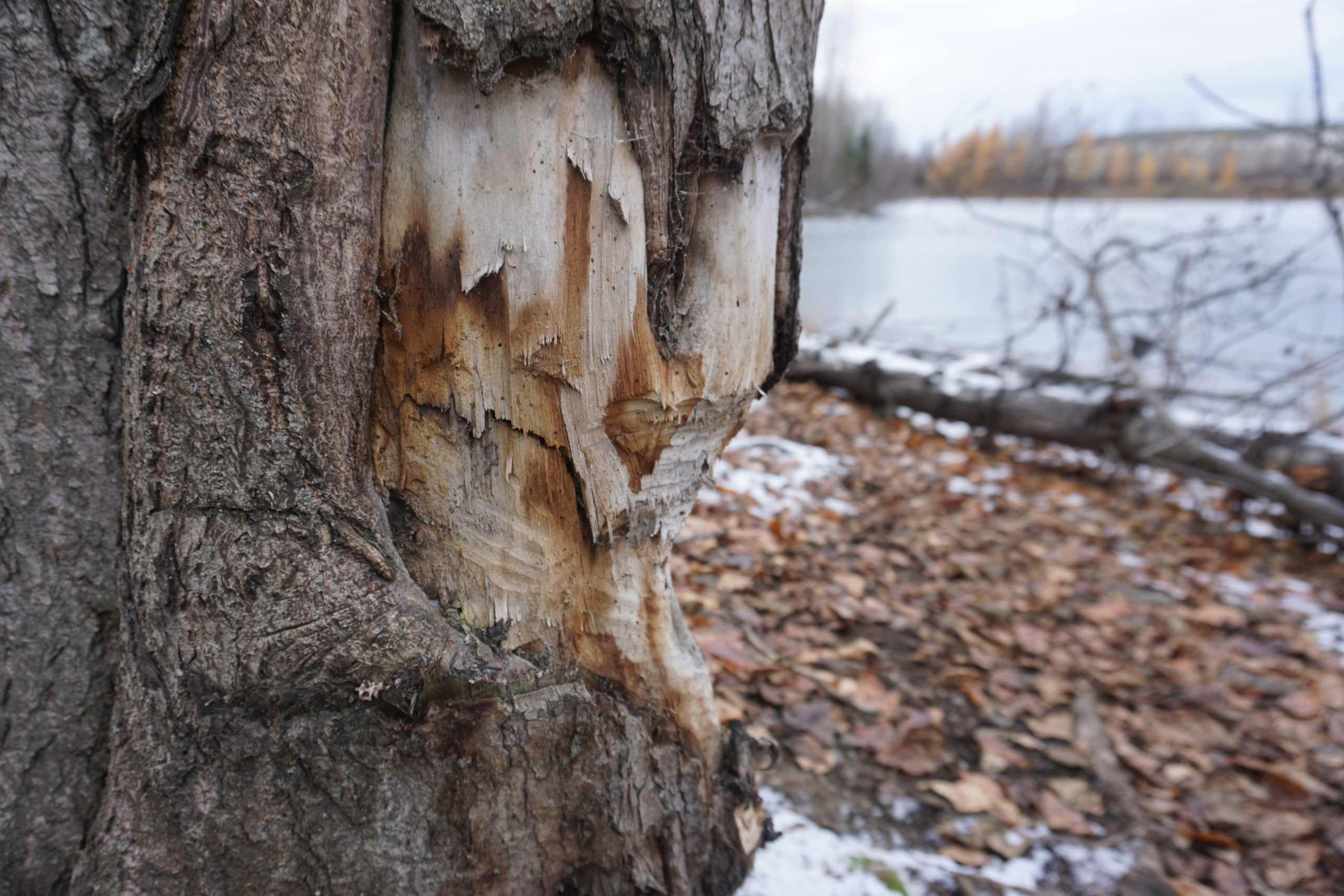
Emerging in Alaska’s warming marine waters is Vibrio parahaemolyticus, a bacterium that causes gastrointestinal sickness. Part of the cholera family, Vibrio parahaemolyticus was unknown in Alaska until a 2004 outbreak struck tourists who ate oysters farmed in Prince William Sound. The parasite is now firmly established in Alaska; infections were recorded every year from 2004 to 2018, according to a state epidemiology report issued in 2019. The Alaska Department of Environmental Conservation now has protocols to prevent outbreaks at shellfish farms, setting thresholds for water and air temperatures.
Another new-to-Alaska disease emerged on St. Lawrence Island, the site also under scrutiny as an avian influenza gateway. Avian cholera was found there in a 2013 die-off that claimed about 600 seabirds; that bacterial infection had not previously been documented in Alaska and is another sign of growing risks to wild foods and to the people dependent on them.
Other disease vectors could be unleashed around the Arctic by thawing permafrost. Among them is anthrax, which has been released by permafrost thaw in Siberia. In 2016, anthrax believed to have come from a long-dead reindeer buried in warming ground killed a 12-year-old boy and sickened many other people in Russia’s Yamal Peninsula. Years before that tragedy, Russian scientists, in a 2011 study, warned about the risk posed by anthrax-poisoned reindeer buried a century ago in the now-thawing landscape.
In Alaska, which has a different reindeer-herding history, anthrax is not yet considered a top threat, though it is on the zoonotic priority list. More serious Alaska thaw-related hazards, for now, are risks to safety from coastal erosion and infrastructure damage, experts say.
A different permafrost-thaw threat, Reynolds said, is the potential release of antibiotic-resistant bacteria. A possible scenario is the spread of antibiotic resistance into newly thawed soils by migrating birds that winter in southern agricultural areas where antibiotic use is heavy, he said. “What if this anthrax species developed antibiotic resistance?” he said. “You could make a little zombie apocalypse movie out of that.”
Such future scenarios have been overshadowed by the present COVID-19 emergency, which interrupted some Alaska One Health collaborations. A One Health conference to have been held at UAF last year was postponed and rescheduled as a 2021 virtual event. It would have been “a disaster” to spread a zoonotic disease at an event intended to help prevent such dangers, Reynolds said.
In the wake of COVID-19, Alaska scientists hope, an important lesson will remain: Human health is linked to the natural world.
“It surprises people all the time when the next pandemic or the next outbreak occurs,” Gerlach said. “If we don’t look at this from an environmental approach and we don’t look at the big picture, we’re going to continue to look at these outbreaks and say, ‘Why did this happen?’”
This story was supported by the Society of Environmental Journalists’ Fund for Environmental Journalism and the International Women’s Media Foundation Howard Buffett Fund for Women Journalists.